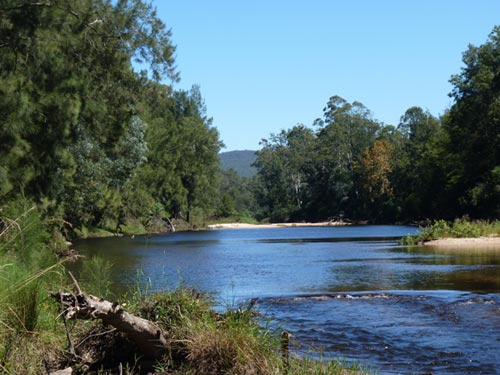It would be interesting to know how many convicts transported to Australia had any geographic knowledge of where they had been sent. Perhaps most would have had limited or no idea at all, except that the long sea voyage made it apparent that they were far from their homeland.
The belief that some convicts accepted about China being within reasonable reach of the penal settlement was therefore not as delusional as it may have seemed. The convicts travelled a large part of the journey to Australia below deck. This would surely have reduced their sense of distance and direction. Maps of the ‘great south land’ were rudimentary and in some cases based on conjecture.
When John Place arrived at the Sydney penal settlement in March 1803, the shape of this antipodean continent was still incomplete. The maps that would result from Matthew Flinders’ explorations were still to come. Flinders would not return to Sydney from his second voyage of discovery in the Investigator until July that same year.
John Place was about twenty-three years old when he disembarked from the Glatton. His death sentence for stealing a quantity of ribbon had been commuted to 14 years transportation. But this was still seen by many convicts as equivalent to a death sentence. The chances of returning to loved ones and a familiar homeland were not very promising. The fear and dread that such a future held for convicts like Place were apparent. As the convict in John McGarvie’s poem The Exile of Erin, published in the Sydney Gazette of May 1829, bemoaned, ‘Never is stamped on the chains that embrace me’.
In early May John Place was sent to work in the Hawkesbury River district after having spent time at the government farm at Castle Hill. He later was to relate that the decision to escape from the Hawkesbury settlement was made on the way there. With three other convicts from the Glatton, all married except for one, he absconded within three days of his arrival.
The Blue Mountains west of the Hawkesbury/ Nepean River provided a natural gaol wall to the settlement. Venturing into this rugged terrain was fraught with all sorts of dangers, especially to the inexperienced. Another decade would pass before the Mountains would be crossed by Europeans.
Apparently Place had heard others say that it was possible to reach China from the penal settlement by heading west. While on board the Glatton and again while working at Castle Hill these ideas had been expressed and Place was quick to act on them.
The escape in May would be the first of two attempted escapes made by John Place. The only survivor of the ‘fatal enterprise’, he returned to the settlement after an absence of over five weeks. Because of ‘the pitiable and deplorable plight in which he was found’ he was not punished. However, after a second attempt in November he was punished with 500 lashes. Some even suggested that he fabricated the second escape and just went into hiding for a month. But for desperate convicts like Place, with such a ‘restless and relentless disposition’ (Sydney Gazette), the tempting chance of a successful escape would have outweighed any dangers or hardships.
It is not surprising that he later gave his support to a rebellion against the colonial authorities at Vinegar Hill in March 1804. Considered one of the ringleaders, he was sentenced to death. He was hung at Parramatta on 8 March 1804, only three days short of the anniversary of his arrival in the colony. This was definitely no place for John Place.
© Jim Low 2016

